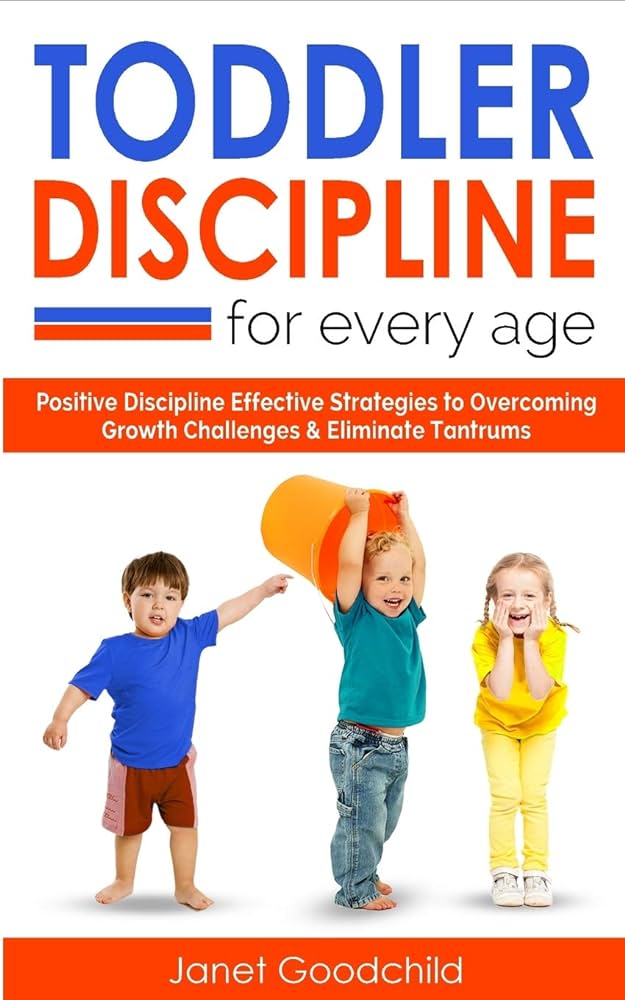As parents, we all want to raise well-behaved and happy children. However, discipline can often feel like a daunting and challenging task. Many traditional disciplinary methods involve punishments and rewards, but research shows that these techniques may not be as effective in the long term. That’s why positive discipline is gaining popularity among parents who want to foster a healthy and nurturing environment for their children.

Positive discipline is an approach that focuses on teaching children appropriate behavior rather than simply punishing them for their mistakes. It promotes mutual respect, communication, and problem-solving skills. What makes positive discipline even more appealing is that it can be applied to children of all ages, from toddlers to teenagers. In this blog post, we’ll explore positive discipline techniques that are effective for every stage of your child’s development.
Let’s start with toddlers, the explorers of the world. Toddlers often struggle with their newfound independence and have limited understanding of rules and boundaries. One effective positive discipline technique for this age is redirecting. Instead of scolding your child for engaging in an inappropriate behavior, redirect their attention to a more acceptable activity. For example, if your toddler is playing with their food, gently guide them to their toys or a coloring book.
Another key aspect of positive discipline for toddlers is setting clear and consistent boundaries. Be firm but gentle when enforcing limits, and explain the reasons behind them in simple terms. Remember, toddlers are still learning and need gentle guidance to understand what is acceptable behavior.
Moving on to preschoolers, they are full of curiosity and energy. Positive discipline techniques for this age revolve around using natural consequences. For instance, if your child refuses to put on their raincoat and gets wet in the rain, don’t scold them. Instead, allow them to experience the natural consequence of feeling uncomfortable. This helps them develop a sense of responsibility and learn from their actions.
Another powerful tool when dealing with preschoolers is using positive reinforcement. Praise your child when they display good behavior, and acknowledge their efforts and achievements. This positive reinforcement helps boost their self-esteem and encourages them to continue making good choices.
As children enter their school-age years, positive discipline techniques evolve to encourage responsibility and problem-solving skills. Time-outs can be a useful tool at this stage. Rather than a form of punishment, time-outs provide an opportunity for children to calm down, reflect on their actions, and think about how they can make better choices.
Furthermore, allowing children to have a say in decision-making is crucial during this stage of their development. By involving them in discussions and problem-solving, you’re teaching them valuable skills and showing them that their opinions matter. This approach encourages independence and helps children understand the consequences of their actions.
Now, let’s talk about teenagers, a period often associated with rebellion and defiance. Positive discipline is essential during this stage to maintain a healthy relationship with your teenager. One effective strategy is active listening – giving your full attention when your teenager wants to talk. This shows them that you value their thoughts and opinions, even if you don’t always agree.
Another important aspect of positive discipline for teenagers is setting clear expectations and boundaries. It’s essential to establish appropriate rules together with your teen, enabling them to have input into the decision-making process. This promotes a sense of ownership and responsibility, leading to better compliance.
Lastly, to nurture a positive relationship with your teenager, remember to pick your battles. Not every disagreement or minor issue needs to result in a confrontation. Learn to differentiate between essential matters and situations where compromise is possible. By focusing on the bigger picture, you can maintain a respectful and loving relationship.
In conclusion, positive discipline techniques can be applied to children of all ages. By emphasizing effective communication, mutual respect, and problem-solving skills, we can raise confident and well-rounded individuals. Remember, no parenting journey is perfect, and there will be times when we all slip up. However, by embracing positive discipline, we can create a loving and supportive environment that fosters our children’s growth and happiness.


